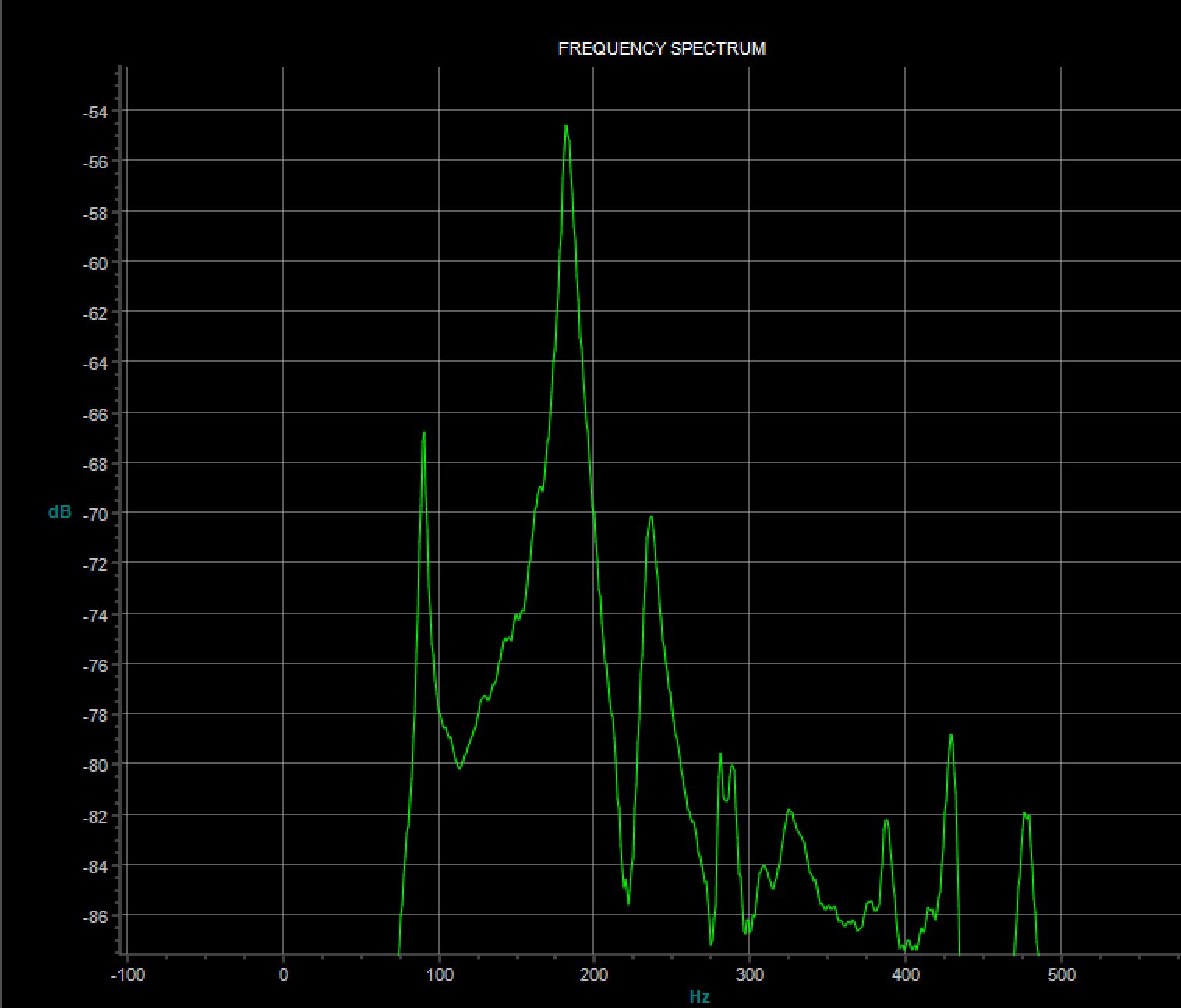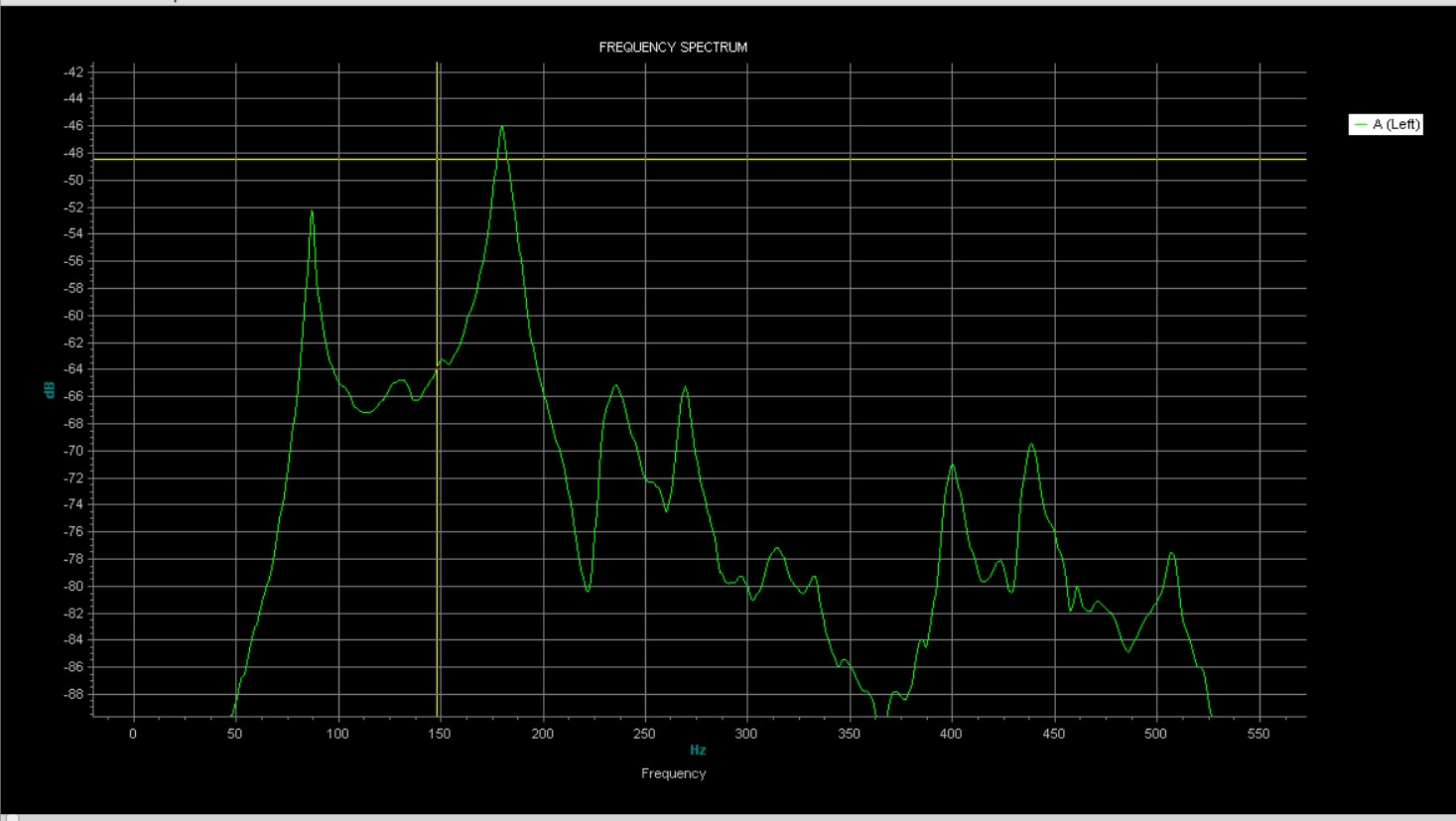I have been making the contemporary classical bridges as shown in The Book for my falcate classical guitars for quite some time. Mostly with no issues. Each time I make one I consider removing one of the bridge laminates by installing a 1 mm spruce bridge patch laminated to the top with a sheet of carbon fiber, much like the steel string. This allows me to make the bridge with a 6 mm bottom, CF sheet and a 2 mm top, removing the bottom CF sheet. The new construction will allows me to slightly angle the string holes (no CF sheet in the way) making it easier to string. Also on one bridge I was too close to the CF and broke a bit; a real pain to get out!. One last issue was on some of my bridge blanks I could not afford two kerf cuts.
Luckily I had a guitar that I was going to retop due to a damaged top so I am trying it. I just closed the box so I am not sure about how it will go, but the graphs I made after binding between the original top and this one at the same point in the process are very close. Basically the patches effect on the top is in the noise of my build process. Both tops tested at 180 Hz.

Original top

New top.



